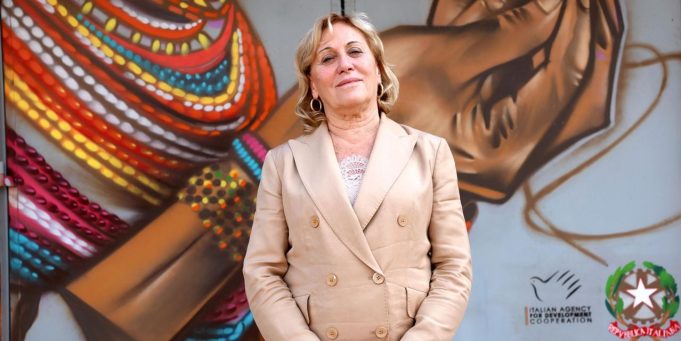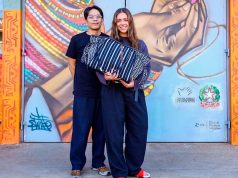Italian fashion houses are renowned for their exquisite leather goods; however, a shift in global dynamics has led them to seek new frontiers for high-quality raw materials. With traditional European sources facing challenges from climate shifts, livestock reductions, and tightened regulations, Italy is now turning its attention to Kenya, a country with untapped potential and a growing leather industry.
Kenya offers premium hides, a strategic location, and a government-backed leather value chain, making it an attractive partner for international trade. Italian tanners and luxury brands are capitalizing on this synergy, blending Italian craftsmanship with African resources to maintain quality while adapting to the evolving supply landscape.
Italy’s Leather Industry – A Global Benchmark
Excellence Rooted in Craftsmanship
Italy has long held the crown in leather tanning, combining centuries-old traditions with modern technologies. Tuscan tanneries, in particular, are celebrated for producing soft, durable, and finely finished leather used in high-end bags, shoes, and automotive interiors. Brands such as Gucci, Prada, and Ferragamo rely on consistent supply chains to meet luxury standards.
Why Quality Leather Matters
- Enhances product durability and aesthetics
- Supports brand legacy through consistency
- Aligns with sustainable and ethical sourcing goals
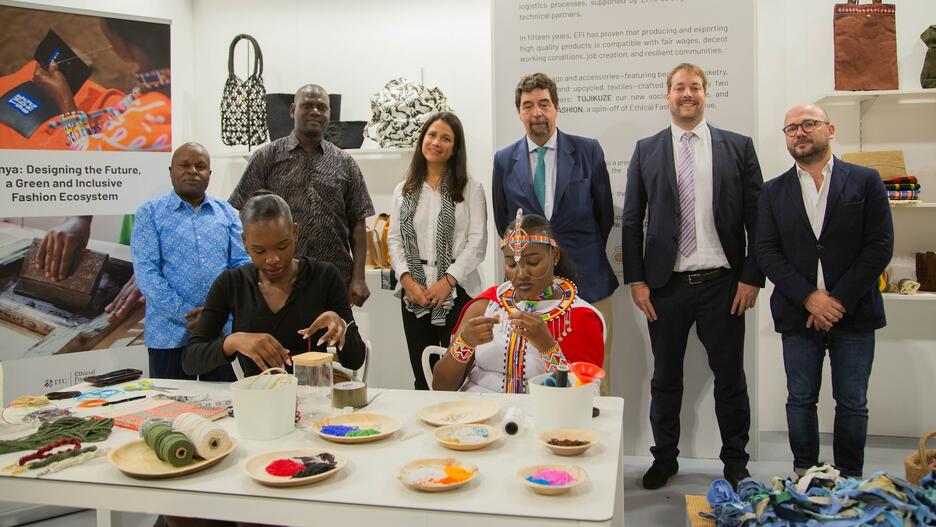
The European Supply Dip – Root Causes
Shrinking Livestock Numbers
Several European countries are experiencing declines in livestock due to environmental regulations, rising costs, and a shift toward plant-based agriculture. This reduces the availability of raw hides for tanning purposes.
Stricter Environmental Laws
The European Union’s emphasis on eco-friendly processing methods imposes limits on the use of chemicals and emissions of waste. While promoting sustainability, these measures slow production and increase operational costs.
Pandemic and Supply Chain Disruptions
Global disruptions have affected transportation, trade agreements, and the import of raw materials. European leather suppliers have struggled to maintain inventory levels and cost-effectiveness in this landscape.
Why Kenya Attracts Italy’s Attention
Abundant and Underutilized Resources
Kenya possesses large cattle populations and hides with minimal blemishes—ideal for high-end tanning. Historically underexploited, these resources are now gaining international interest as European nations explore alternatives.
Strategic Trade Position
Kenya’s geographic location provides seamless access to trade with Europe, Asia, and the Middle East. Efficient shipping routes and regional trade agreements make Kenyan leather logistically favorable for Italian manufacturers.
Government Support and Investment
Kenya’s Leather Development Council and other initiatives promote local processing, encouraging foreign investment in tanneries and the purchase of equipment. The Kenyan government is offering incentives, easing regulations, and encouraging sustainability.
Italian Involvement in Kenya’s Leather Sector
Direct Investment and Partnerships
Italian companies are entering joint ventures with Kenyan tanners, sharing technology and expertise. This not only upgrades local facilities but also ensures consistent quality standards for European buyers.
Skills Transfer and Capacity Building
Italian experts are training Kenyan artisans in precision tanning techniques, chemical handling, and the operation of machinery. This elevates the quality of locally produced leather, increasing its appeal to luxury brands.
Fashion Industry Collaborations
Some Italian fashion houses are sourcing leather from Kenya for their exclusive product lines. These collaborations showcase African materials at global fashion weeks and foster mutual benefits.
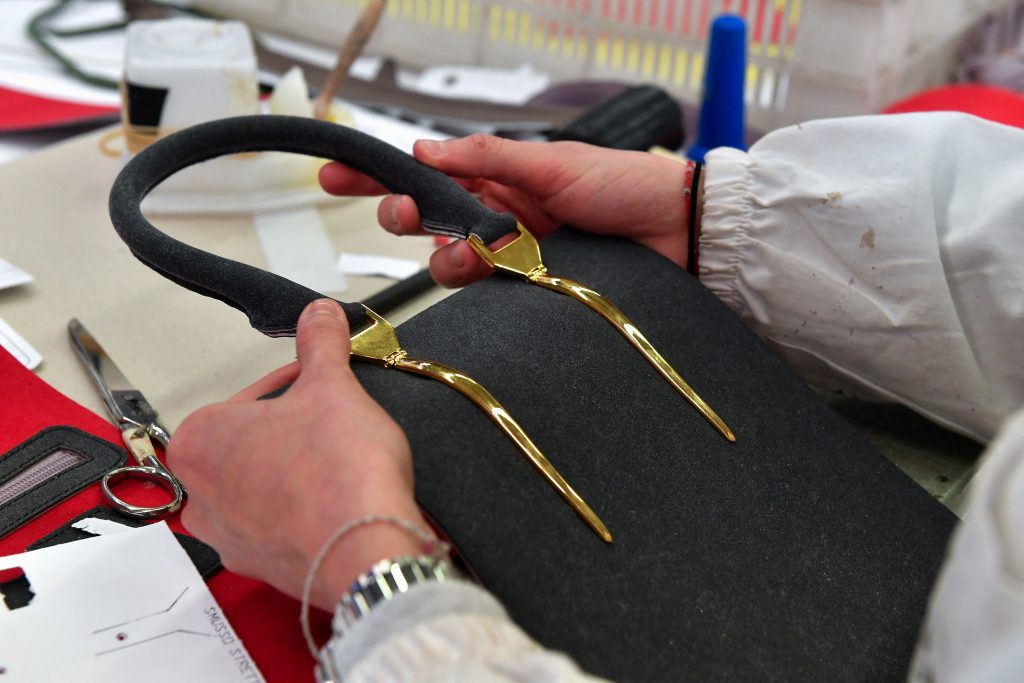
Opportunities for Kenya’s Leather Sector
Boost in Local Employment
The growing partnership opens jobs across the leather value chain—from hide collection and processing to product design and exports. Youth and women are significantly benefiting from skill-based training programs.
Rise in Export Revenue
With high-value exports to Italy and other European nations, Kenya’s earnings from leather have significant potential to surpass traditional agricultural exports.
Advancements in Sustainable Practices
Kenya is adopting green technologies and organic tanning methods, meeting international standards while preserving the environment. This aligns well with Italy’s goals for eco-conscious sourcing.
Challenges in the Kenya-Italy Leather Collaboration
Infrastructure and Logistics
Kenya still faces hurdles, including underdeveloped road networks, inconsistent electricity, and limited water supply—all of which are critical for large-scale tanning operations.
Regulatory and Compliance Gaps
To fully meet European standards, Kenyan tanneries must comply with stringent health, safety, and environmental guidelines. Progress is being made, but uniformity remains a challenge.
Price Fluctuations and Market Volatility
Global commodity prices and currency fluctuations impact the profitability of leather exports. Both Italian and Kenyan stakeholders need robust strategies to mitigate financial risks.
Top Advantages of Italy-Kenya Leather Partnership
- Sustainability: Kenyan hides are processed using less-polluting techniques promoted by European standards
- Innovation: Cross-cultural collaborations are driving new tanning methods and product designs
- Growth Potential: Kenya’s untapped resources open new doors for global luxury supply chains
Future Outlook – A Promising Shift
Scaling Up Production
With growing demand, Kenya is investing in large-scale leather industrial parks. These hubs will serve both local and international markets, integrating production, quality control, and exports.
Expanding Beyond Italy
Other European countries may follow Italy’s lead, creating broader trade opportunities for Kenyan leather. Markets in France, Germany, and the Netherlands are already exploring partnerships.
Eco-Certification and Branding
Kenyan leather producers are seeking international certifications, such as ISO, and approval from the Leather Working Group (LWG). These credentials will enhance global trust and command higher prices.
Key Steps for Kenya to Become a Global Leather Leader
- Improve Infrastructure: Focus on energy, water, and transportation upgrades.
- Enhance Quality Control: Implement rigorous standards at every stage of the process.
- Promote Global Branding: Market “Kenyan Leather” as a luxury-grade identity.
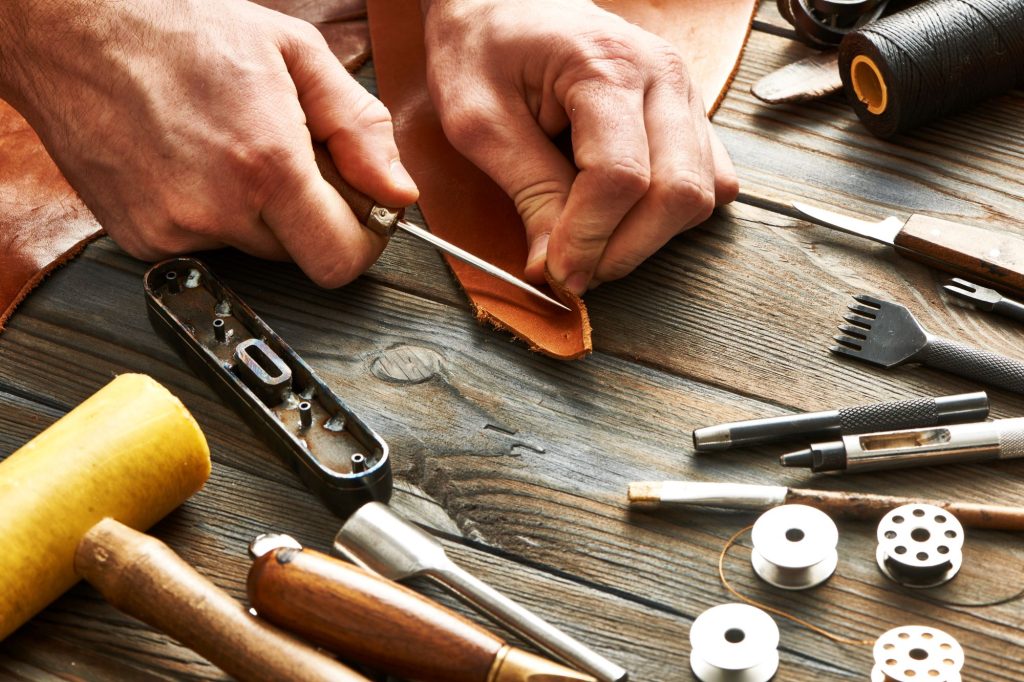
FAQ’s
Why is Italy now interested in Kenyan leather?
Due to a reduction in traditional European supplies, Italy is exploring Kenya’s premium-quality hides and favorable trade conditions.
What makes Kenyan leather suitable for luxury products?
Kenya’s climate and cattle breeds produce strong, smooth hides ideal for high-end tanning and fashion items.
How is Kenya benefiting from this partnership?
Kenya gains employment, investment in local industries, skill development, and increased export revenue from the leather trade.
Are Italian companies building tanneries in Kenya?
Yes, many are forming joint ventures, investing in local infrastructure, and training workers to meet European standards.
Is Kenyan leather environmentally friendly?
Efforts are underway to introduce eco-friendly tanning methods, with an increasing number of facilities adopting sustainable practices.
Conclusion
As Italy adapts to shifting global leather dynamics, Kenya emerges as a valuable partner with rich resources and growing industrial capabilities. The collaboration brings mutual advantages—sustaining Italian craftsmanship while unlocking Kenyan potential. With continued investment, innovation, and sustainability at the forefront, the Italy-Kenya leather alliance is reshaping the future of luxury tanning.

